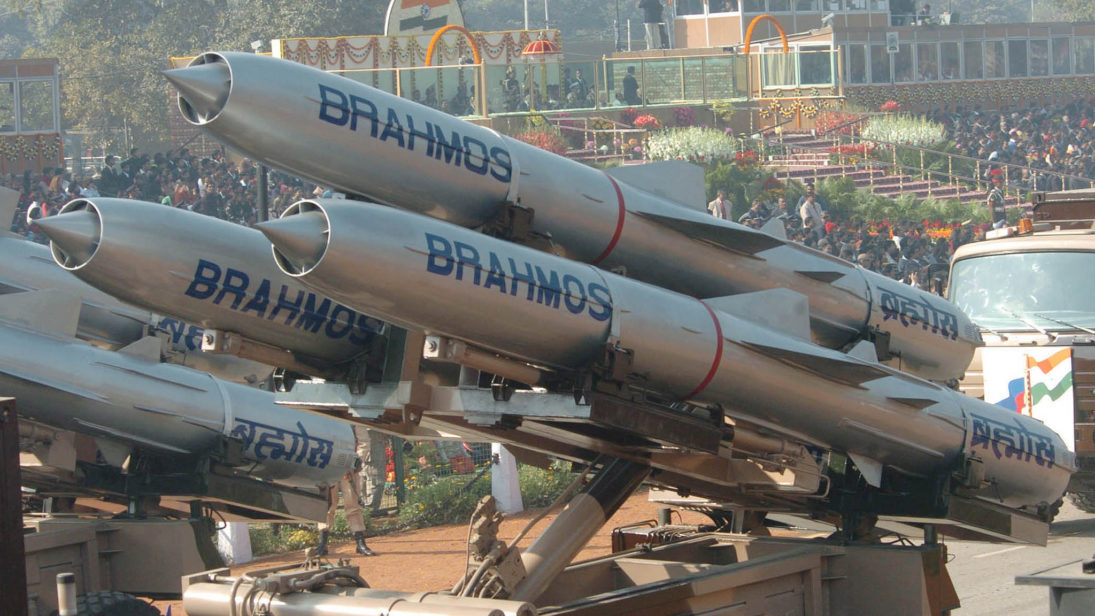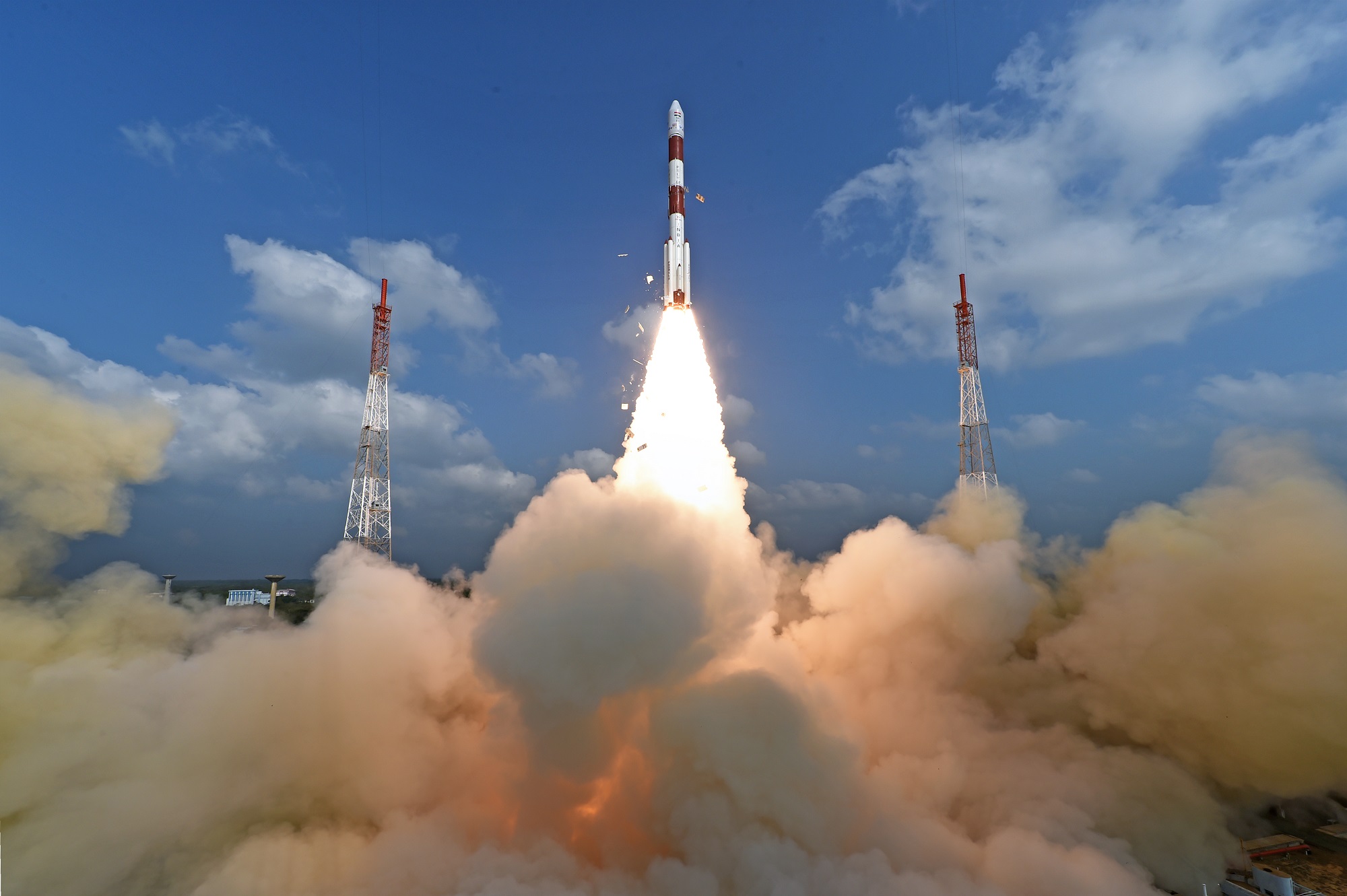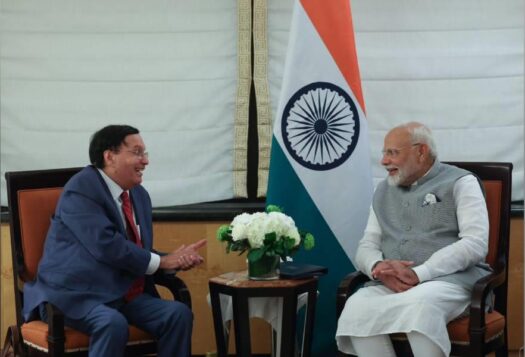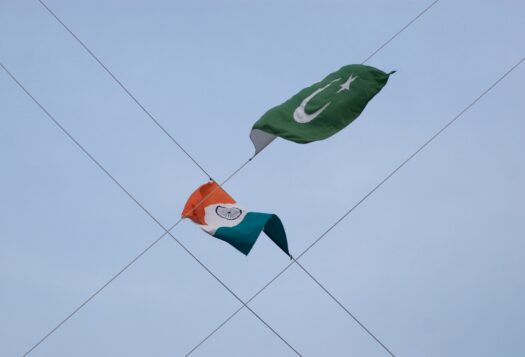
In the aftermath of missile tests conducted by Pakistan and India in the past six months, decisive developments in the nuclear geometry of South Asia have been observed. New delivery systems are being introduced into nuclear inventories, and the payloads, ranges, reliability, and accuracy of existing missile programs are being improved. The latest development on both sides is the completion of the nuclear triad (land, air, and sea-based capabilities), followed by Pakistan’s first test of a MIRV payload and India’s launch of an intercontinental ballistic missile (ICBM). However, India maintains an edge over Pakistan with regard to technological development due to its admission into the Missile Technology Control Regime (MTCR), a multilateral export control regime that claims to curb missile and unmanned aerial vehicle (UAV) proliferation by controlling transfers and placing 300 km-range and 500 kg-payload limits on technology exports. India’s formal accession to the MTCR ended its technology-denial phase, allowing club members to export high-end, dual-use technology to India. Trends in missile tests and technology acquisition show that India’s entry into the MTCR has facilitated its pursuit of sophisticated technology, including long-range missiles and surveillance-armed drones, and furthered its space program. India’s enhanced political standing due to MTCR membership has improved its credentials to join the other three export control clubs, which will be a significant leap in India’s pursuit of nuclear legitimacy. But these developments may also have serious consequences for the region.
How has MTCR membership facilitated India’s missile technology? India has been focused on extending the range of its conventional precision-strike systems, made possible by its MTCR accession. The range of the BrahMos cruise missile was extended to 450 km after the country gained membership to the MTCR. The range of the previous missile was under the threshold of MTCR because the export of missiles to India having more than 300 km range was prohibited under the regime’s rules. The country now possesses land, sea, sub-sea, and air variants of BrahMos to counter surface and sea-based adversaries. The air-based missile is reportedly expected to be tested from a heavy-duty Sukhoi-30MKI fighter soon, while the submarine version is undergoing trials. India and co-builder Russia are aiming to not only double the existing range of the BrahMos missile but also produce new variants for use on submarines and stealth fighters. India now reportedly has plans to sell the 290-km BrahMos missile system to at least 15 markets globally, including Vietnam and Indonesia. China has already expressed apprehension over the deployment of the BrahMos along the Indo-China border. If deployed on Vietnamese ships, it would also be a concern for Chinese vessels in the South China Sea. With the obstacle to export extended BrahMos removed, India could potentially sell the missile to fellow MTCR members like Japan. The extended range and tri-service operation of the nuclear-tipped BrahMos could also put a strain on Pakistan’s naval fleet by strengthening India’s deterrent and threatening sites in Pakistan.

Another beneficiary of India’s MTCR membership is its space program. Previously, MTCR norms and U.S. sanctions prevented Russia from exporting cryogenic engines to India. These engines are crucial for launching manned space flights and geosynchronous satellites and other necessary forms of space communication. However, there was significant concern that India would use the cryogenic engine to develop an ICBM. Though India was able to develop an indigenous cryogenic engine, it is with MTCR membership that India was able to receive key components needed to upgrade testing technology, which aided its recent launch of 104 satellites into space. While the country has limited technology to launch heavy payloads, the Indian Space Research Organization (ISRO) can now gain access to restricted rockets and related technologies to further its satellite-launch capability. ISRO is currently preparing for India’s first flight launch of the GSLV Mark III rocket, which could put humans in space. Access to this sensitive technology could also help India build anti-satellite (ASAT) capabilities. Notably, India’s Agni-V already has the necessary components for an ASAT capability.
India’s admission to the MTCR has also paved the way for the purchase of armed Predator Avenger drones from the United States, as the drones are only sold to MTCR members. Negotiations for this purchase are reported to be at an advanced stage. The drones will enhance India’s striking capability, which is particularly alarming for Pakistan considering its close geographical proximity and hostile relationship with India. There has already been some speculation about U.S.-made surveillance drones along the Line of Control (LoC) in disputed Kashmir. The sale could push Pakistan to seek Cloud Shadow military drones, also high-altitude long-endurance UAVs, from China. Next on India’s wish list are the Heron TP armed drones from Israel, which are moving from the procurement phase to the delivery phase after years of delay. Moreover, due to India’s MTCR membership, there will be no legal glitches for the procurement of the Arrow theater missile defense interceptor from Israel, a sale the United States denied earlier on MTCR grounds. India’s pursuit of more UAVs will not only speed up the arms race in the region but also heighten the risk of conflagration through Delhi’s increased capability to target militants across the border.
These benefits in India’s pocket subsidized by MTCR are likely to have regional implications. India’s MTCR membership is hailed as a potential stepping stone to membership in other elite nuclear clubs such as the Nuclear Suppliers Group (NSG). India was not a member of the MTCR last year during the NSG plenary meeting when the decision not to include India in the group was made. As the 27th NSG plenary meeting approaches, India may negotiate for NSG inclusion in exchange for Chinese candidacy to MTCR as China sought membership of MTCR in 2004. India’s missile development within just one year of joining the MTCR is striking, and membership in an elite nuclear cartel like the NSG would further expedite this process. Yet even if India stays out of the NSG, the MTCR still allows for significant improvement in India’s frontline vessels. As a consequence, Pakistan and China are likely to enhance their bilateral military cooperation to counterbalance India’s newfound capabilities. The competition of matching capabilities in response to amplified threats and interplay of missiles and satellites will complicate the threat-perception calculus of the region. Ultimately, missile proliferation, along with the import and export of sensitive technologies, will adversely impact Pakistan-China-India triangular nuclear dynamics. In light of this emerging arms race among the trio, the strategic stability and nuclear equilibrium in the region are under threat.
***
Image 1: Flickr
Image 2: Indian Space Research Organization(ISRO)


